Agassizii’s cory - Corydoras agassizii
Scientific name: Corydoras agassizii
Common name: Agassizii’s cory
Family: Callichthyidae
Usual size in fish tanks: 6 - 7 cm (2.36 - 2.76 inch)
014
Recommended pH range: 6 - 8
Recommended water hardness: 2 - 25°N (35.71 - 446.43ppm)
0°C 32°F30°C 86°F
Recommended temperature range: 22 - 27 °C (71.6 - 80.6°F)
The way how these fish reproduce: Spawning
Where the species comes from: South America
Temperament to its own species: peaceful
Temperament toward other fish species: peaceful
Usual place in the tank: Bottom levels
Food and Feeding
The Agassizii’s Cory (Corydoras agassizii) thrives on a balanced diet. High-quality flake food and sinking pellets should form the staple diet. They also relish shrimp pellets and occasional treats of brine shrimp or bloodworms. Offering live or frozen foods twice a week helps maintain their health and vibrant appearance. As these fish are bottom-dwellers, ensure that food reaches the substrate so they can feed effectively.
Origin
Native to South America, the Agassizii’s Cory is found in the Amazon River basins, particularly in Brazil and Peru. These habitats are characterized by slow-moving, tannin-rich waters with soft substrates and dense vegetation. The natural environment offers plenty of shelter and foraging opportunities, which should be replicated in captivity for their well-being.
Sexing
Sexing Corydoras agassizii is relatively straightforward. Females are generally larger and have a more rounded body shape, especially when carrying eggs. Males, on the other hand, are smaller and more streamlined.
Breeding
Breeding Agassizii’s Corys is achievable in home aquariums with the right conditions. Performing cooler water changes can simulate the rainy season, which often triggers spawning. During courtship, the male will perform a dance around the female. The female uses her ventral fins to create a basket for the eggs, which are then fertilized by the male. Eggs are deposited on plants, tank glass, or other surfaces in the aquarium. The eggs typically hatch within 5-6 days. Once hatched, feed the fry with infusoria or finely crushed flakes, gradually introducing larger foods like microworms as they grow.
Lifespan
With proper care, Corydoras agassizii can live up to 10 years in optimal conditions. However, in typical home aquariums, their lifespan is more commonly 3-5 years. Maintaining pristine water quality, a balanced diet, and a stress-free environment is crucial for their longevity.
Tank Setup
Agassizii’s Corys require a well-planted tank with plenty of hiding spots. Use soft, sandy substrate or fine, smooth gravel to prevent damage to their sensitive barbels. Incorporate Amazon Swords, Cryptocoryne, and Java Fern to create a natural environment. Ensure open swimming areas are available alongside dense vegetation for hiding and resting. Maintain water parameters within their ideal range: pH 6.0-7.4, hardness 2-25°N (35.71-446.43 ppm), and temperature 22-27°C (71.6-80.6°F). Gentle water flow and regular water changes are essential for keeping the environment clean and oxygenated.
Compatible Tankmates
Agassizii’s Corys are peaceful and thrive in community tanks with other non-aggressive species. Ideal tankmates include Neon Tetras, Ember Tetras, Harlequin Rasboras, and Otocinclus Catfish. Avoid housing them with large, aggressive species that may stress or harm them. Keeping them in groups of at least five enhances their social behavior and overall well-being.
Short Description
The Agassizii’s Cory (Corydoras agassizii) is a peaceful bottom-dwelling catfish native to the Amazon River basins. Their social nature and manageable size make them a favorite for community aquariums. They prefer planted tanks with plenty of hiding spots and require soft substrates to protect their delicate barbels. With proper care, these charming fish can thrive and provide years of enjoyment for aquarists.
Pictures
Bought by aqua-fish.net from jjphoto.dk.
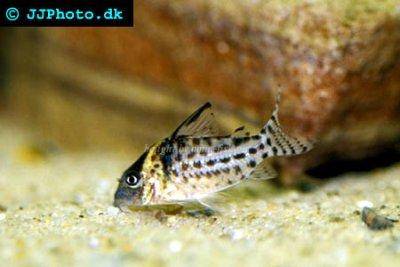




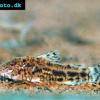 Aspidoras
Aspidoras 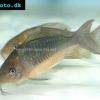 Giant
Giant 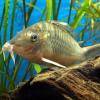 Hognosed
Hognosed 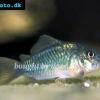 Emerald
Emerald 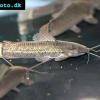 Cascarudo
Cascarudo 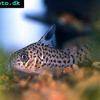 Acre
Acre 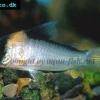 Adolfo’s
Adolfo’s 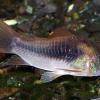 Bronze
Bronze 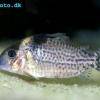 Spotted
Spotted 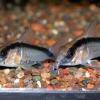 Skunk
Skunk 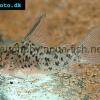 Corydoras
Corydoras 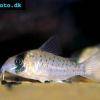 Fairy
Fairy 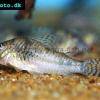 Corydoras
Corydoras 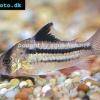 Pink
Pink 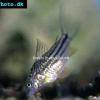 San
San 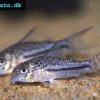 Bond’s
Bond’s 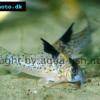 Spotted
Spotted 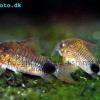 Tailspot
Tailspot 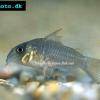 Concolor
Concolor  Cope’s
Cope’s  Sand’s
Sand’s 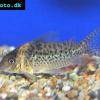 False
False 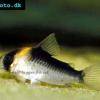 False
False 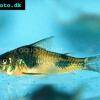 Ehrhardt’s
Ehrhardt’s 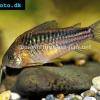 Elegant
Elegant 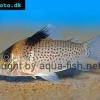 Saddle
Saddle 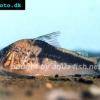 Fowler’s
Fowler’s 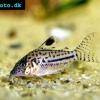 Gomezi
Gomezi 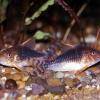 Palespotted
Palespotted 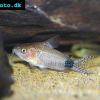 Guapore
Guapore 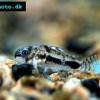 Dainty
Dainty 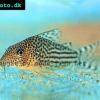 Mosaic
Mosaic 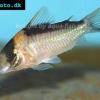 Imitator
Imitator 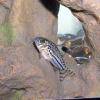 Julii
Julii 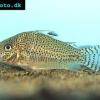 Leopard
Leopard 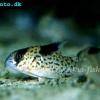 Black
Black 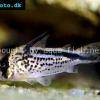 Slant-bar
Slant-bar 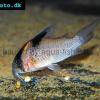 Bluespotted
Bluespotted  False
False 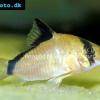 Bandit
Bandit 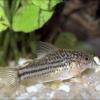 Mini
Mini 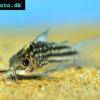 Napo
Napo 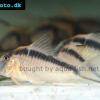 Corydoras
Corydoras  Blue
Blue 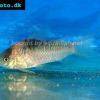 Nijssen’s
Nijssen’s 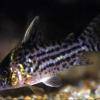 Ornate
Ornate 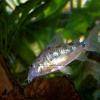 Peppered
Peppered 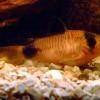 Panda
Panda 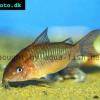 Albertini
Albertini 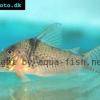 Pastaza
Pastaza 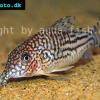 Corydoras
Corydoras 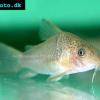 Many-spotted
Many-spotted 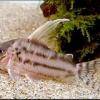 Pretty
Pretty 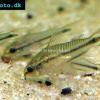 Dwarf
Dwarf  Iridescent
Iridescent  Reticulated
Reticulated 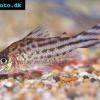 Bannertail
Bannertail 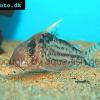 Robust
Robust 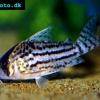 Schwartz’s
Schwartz’s 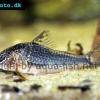 Black
Black 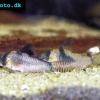 Longnosed
Longnosed 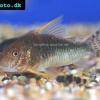 Seuss’
Seuss’ 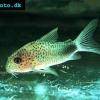 Smudge
Smudge 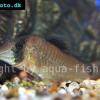 Masquerade
Masquerade 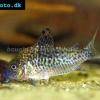 False
False 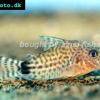 Millenium
Millenium 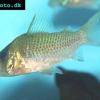 Pinkthroat
Pinkthroat 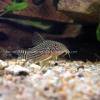 Sterba’s
Sterba’s 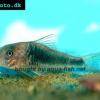 Longsnout
Longsnout 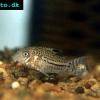 False
False 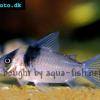 Miguelito
Miguelito 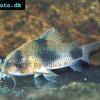 Twosaddle
Twosaddle 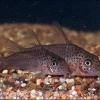 Xingu
Xingu 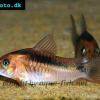 Black
Black 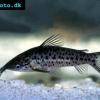 Porthole
Porthole 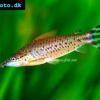 Flagtail
Flagtail 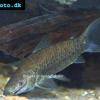 Brown
Brown 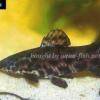 Spotted
Spotted